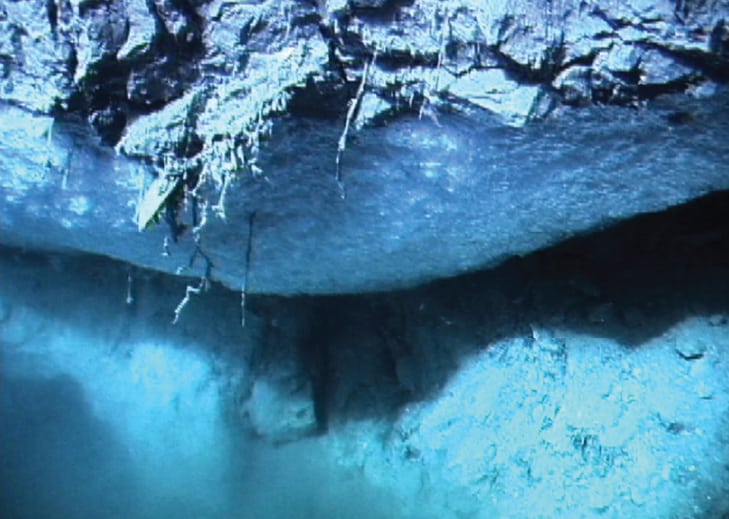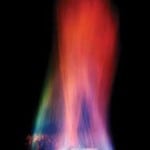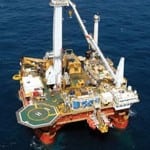Gas hydrate, a potentially immense energy resource, occurs at high saturations within reservoir-quality sands in the Gulf of Mexico, an expedition by the U.S. Department of Energy has discovered.
Results of the May 2009 expedition detailed in a report recently released by the National Energy Technology Laboratory (NETL) demonstrate the extremely valuable and advanced datasets on the various gas hydrate occurrences that were discovered in the deepwater Gulf of Mexico. In addition, the report provides significant new information on the optimal drilling and well control protocols for deep gas hydrate research projects.
Perhaps more importantly, the expedition and the resulting scientific data validate the integrated geological and geophysical methodology used in the site selection process and provide increased confidence in the assessment of gas hydrate volumes in the Gulf of Mexico. It is expected that further evaluation of the complex geology of these hydrate deposits, including both conventional and pressure coring, will add significantly to the understanding of the nature and occurrence of gas hydrate–bearing sands in the marine environment. Another expedition to collect core samples from the sites explored in 2009, and to drill, log, and core a new site, is planned for the spring of 2011.
Results from the expedition support the potential of gas hydrate as an energy resource, the DOE said. This potential forms the foundation of the Office of Fossil Energy’s Methane Hydrate R&D Program, which is focused on expanding future energy options by developing the information and technology required for eventual production of natural gas from hydrate. During the expedition, gas hydrate was found at saturations ranging from 50% to more than 90% in high-quality sands. “The deposits were also found in close accordance with the project’s pre-drill predictions, providing increased confidence in our gas hydrate exploration and appraisal technologies,” the agency added.
Gas hydrate is a form of natural gas that forms when methane from the decomposition of organic material comes into contact with water at low temperatures and high pressures (Figure 5). Although scientists have known about gas hydrates for decades, their potential use as a fuel has only recently been considered.
 |
| 5. Combustible ice. Gas hydrate—a form of natural gas that forms when methane from the decomposition of organic material comes into contact with water at low temperatures and high pressures—is thought to be a potentially immense energy resource. This image shows gas hydrate forming beneath a rock ledge above a seafloor cold seep approximately 250 miles east of Charleston, S.C. A recent DOE expedition uncovered high saturations of hydrate within reservoir-quality sands in the Gulf of Mexico. Courtesy: Georgia Institute of Technology |
One reason for this is that they are hard to find: Gas hydrates, also known as “clathrates,” form in cold, high-pressure conditions typically found deep below the oceans and underground on land in certain parts of the world, including the ocean floor and Arctic permafrost. In recent years, researchers have identified tremendous stores of gas hydrates throughout the world, including in India and Japan. Prior to the DOE’s expedition last year, however, there was little documentation that gas hydrate occurred in resource-quality accumulations in U.S. waters.
The expedition was a collaborative effort between NETL’s Strategic Center for Natural Gas and Oil and an industry consortium lead by Chevron. The Office of Fossil Energy’s Oil and Natural Gas Program funded the expedition. The U.S. Geological Survey and U.S. Minerals Management Service scientists collaborated with the effort. For more on this potential fuel source, see our story in the May 2009 issue, “Gas Hydrates: Fuel of the Future?”









